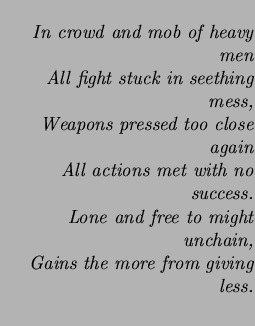Next: Ce/Fe Multilayers Up: thesis Previous: Results Contents


This chapter presents results on multilayers combining the effects of elements with delocalised ![]() -shell electrons (
-shell electrons (![]() in cerium,
in cerium, ![]() in uranium) with the
in uranium) with the ![]() electrons of iron. SQUID magnetometry results have been taken as a continuation of the Mössbauer spectroscopy work on Ce/Fe multilayers by G.S. Case[3]. The magnetometry data can indicate the presence and type of magnetic ordering across the layers (ferromagnetic, antiferromagnetic or uncoupled) and can then be compared with a study of GMR in these samples by A. Mohamed and M.F. Thomas[37]. The data can also provide information on the magnetic moments of the samples, particularly to ascertain whether the cerium atoms possess a magnetic moment or not.
electrons of iron. SQUID magnetometry results have been taken as a continuation of the Mössbauer spectroscopy work on Ce/Fe multilayers by G.S. Case[3]. The magnetometry data can indicate the presence and type of magnetic ordering across the layers (ferromagnetic, antiferromagnetic or uncoupled) and can then be compared with a study of GMR in these samples by A. Mohamed and M.F. Thomas[37]. The data can also provide information on the magnetic moments of the samples, particularly to ascertain whether the cerium atoms possess a magnetic moment or not.
CEMS spectra have been recorded at room temperature of U/Fe multilayers with various thicknesses of uranium and iron. These samples have been produced by UHV magnetron sputtering by A. Herring, Liverpool, working at the Clarendon Laboratory, Oxford University with Dr. R.C.C. Ward and Dr. M.R. Wells. The results are interpreted to provide information on the state of the iron layers: level of crystallinity, direction of the iron magnetic moments with respect to the sample plane, whether or not the iron is magnetically ordered and to detect any alloys/intermetallics or changes in magnetism formed at the layer interfaces. These data are complementary to x-ray reflectivity data obtained by A. Herring on the same samples.